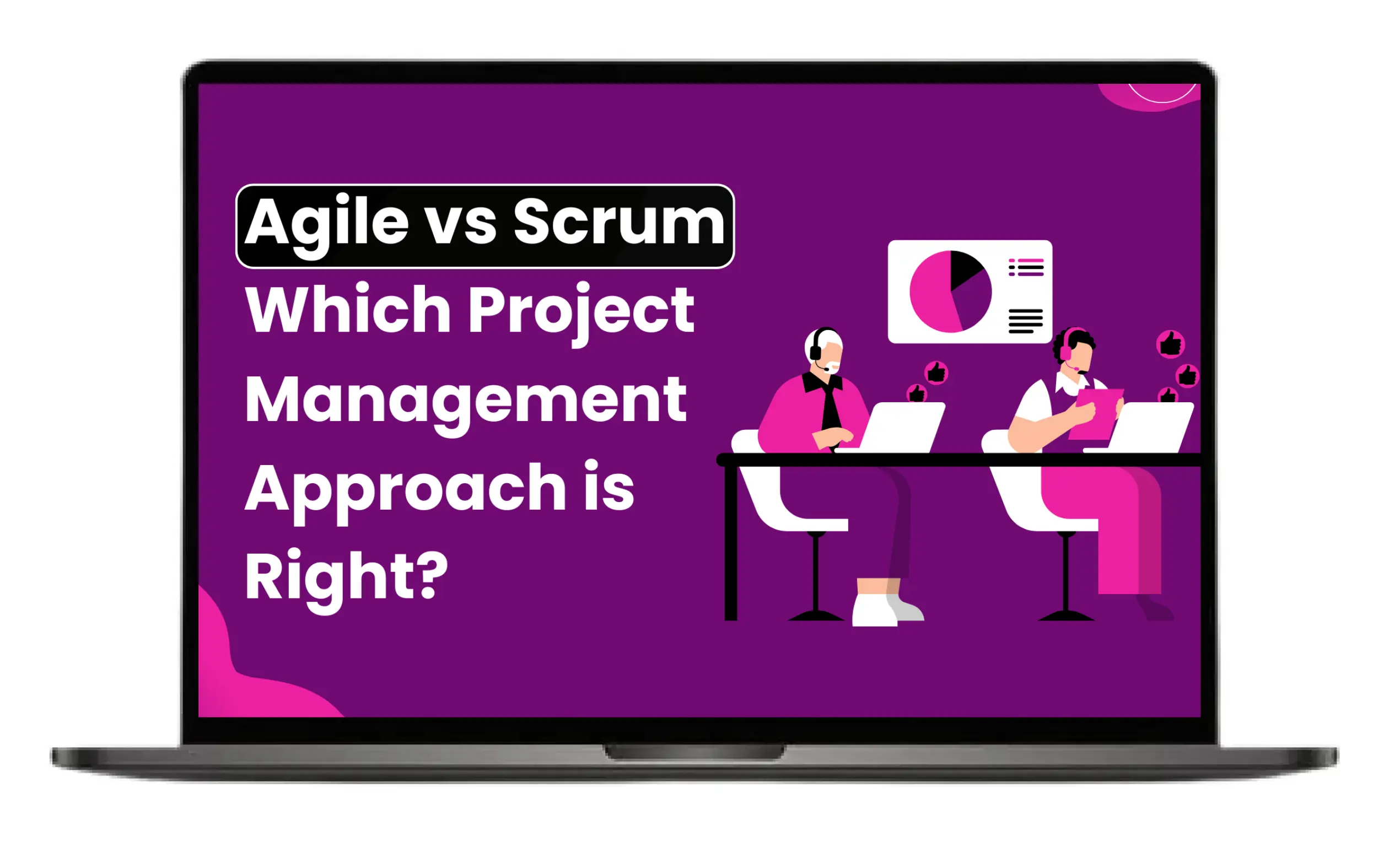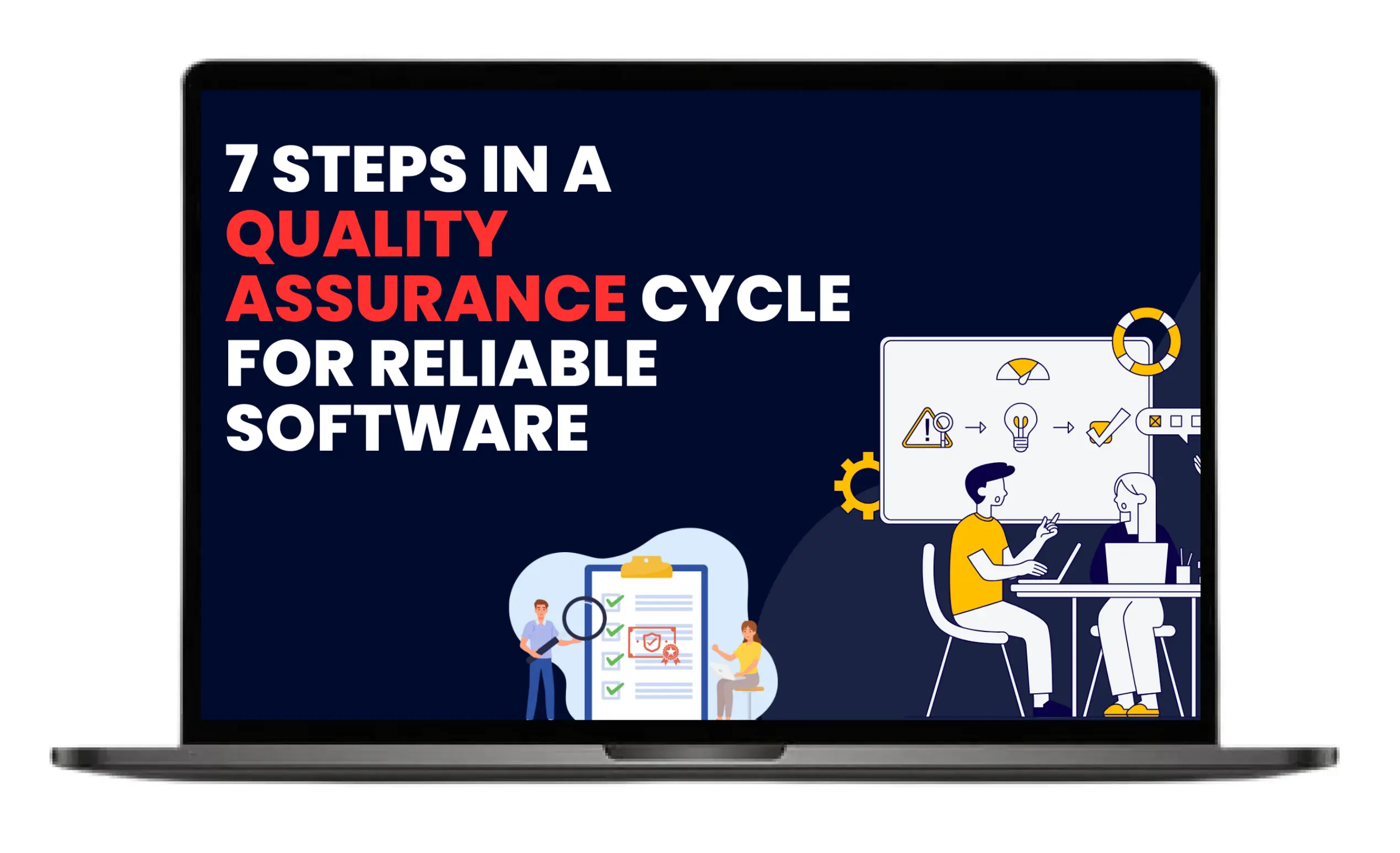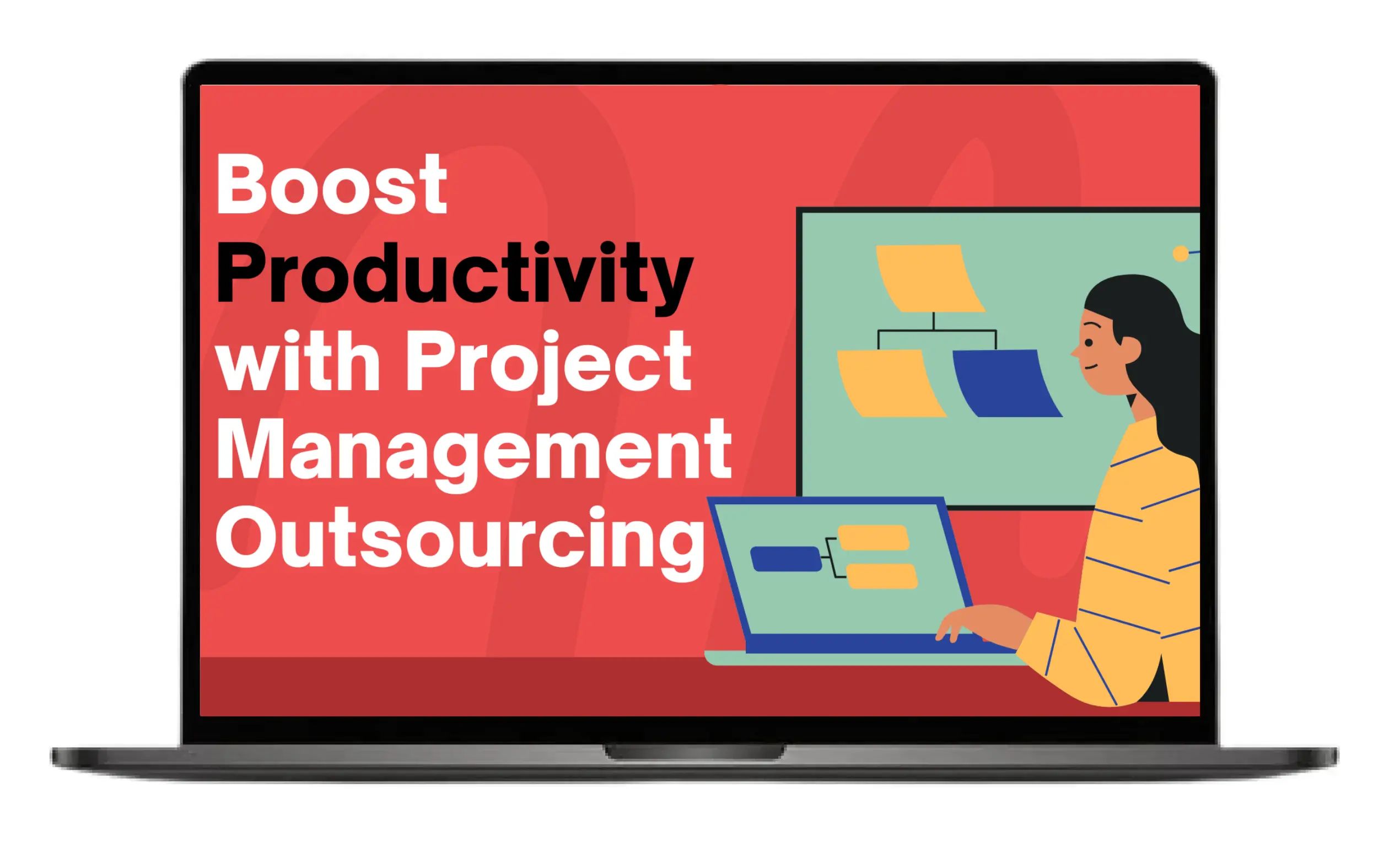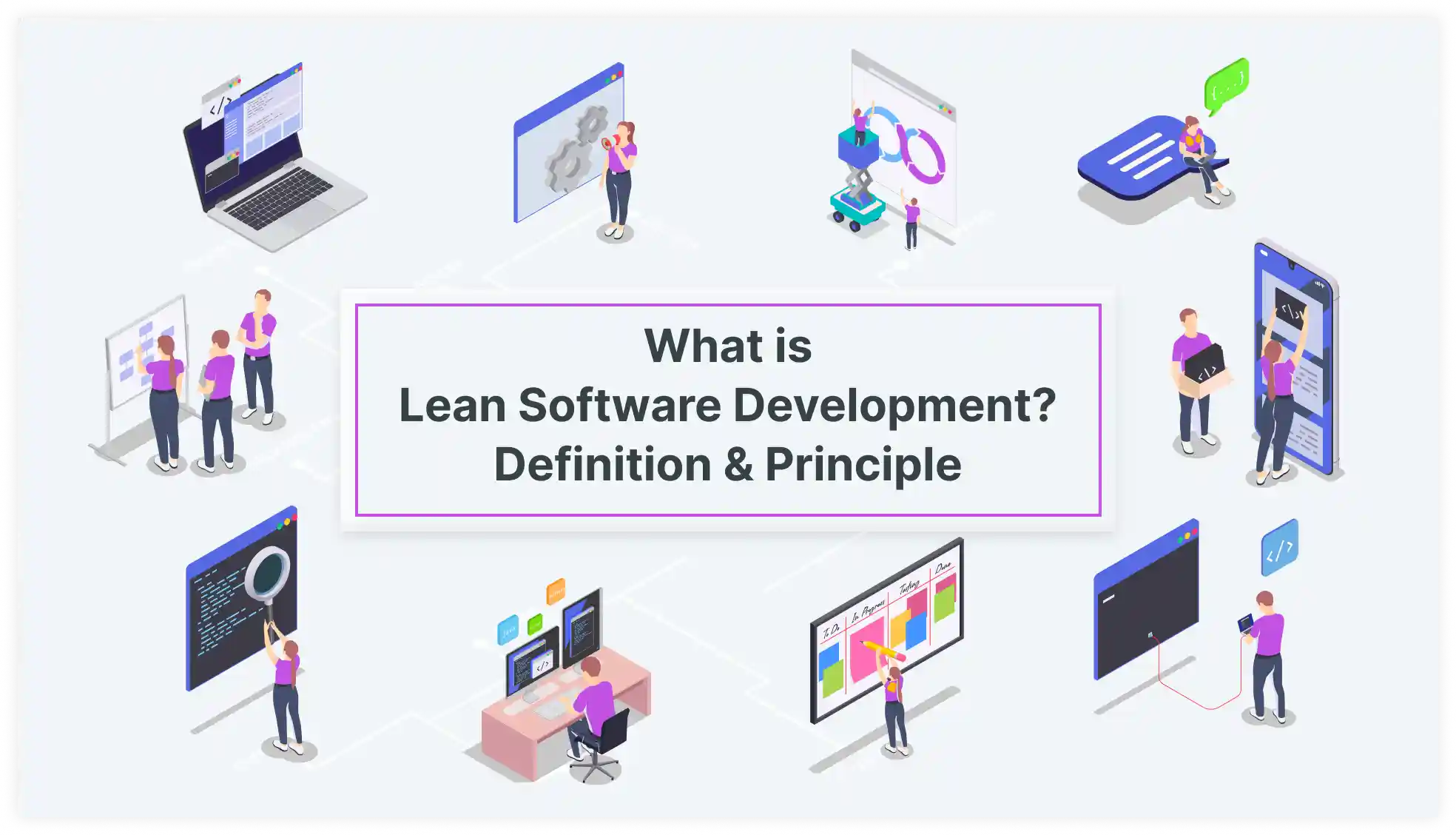
Every software development team wants to deliver the product quickly by using resources in an efficient way. However, they face issues like wastage of resources, extra costs, and delays. Lean software development can help these teams to deliver the product by slashing waste, enhancing innovation, and boosting the value of the product.
Lean software development is a modern approach to help your team to deliver products faster than ever. We will help you understand what lean software development is, its principles, and its tools.
What is Lean Software Development?
Lean software development is based on lean software principles that were followed by Toyota. It focuses on prioritizing customer value by reducing waste during the development process. This agile framework process helps the team to deliver only the product that is needed by effectively using resources and time and eliminating waste.
History of Lean Software Development
Lean software development was initially known as the Toyota Production System. It is because Toyota used this principle for the first time in the twentieth century to streamline its production process. Under this process, every step that had no impact on how the car was constructed and delivered was considered wasteful and was thus eliminated. It enhanced production and assembly lines to maximize the customer value and minimize waste.
Afterwards, many other organizations also adopted this process. In 2003, this approach was adopted in software development for the first time.
What are the strengths and weaknesses of lean software development?
Despite having multiple strengths, lean software development has many weaknesses as well.
Strengths
- It helps in quick delivery of software.
- It eliminates waste by removing unnecessary features and processes.
- It focuses on customer value and feedback.
- It promotes team autonomy in decision-making.
Weaknesses
- It is difficult to implement in larger organizations.
- Lack of proper technical documentation can lead to loss of knowledge.
- It requires a skilled team to make decisions.
What are the core principles of lean software development?
There are seven core principles of lean software development:
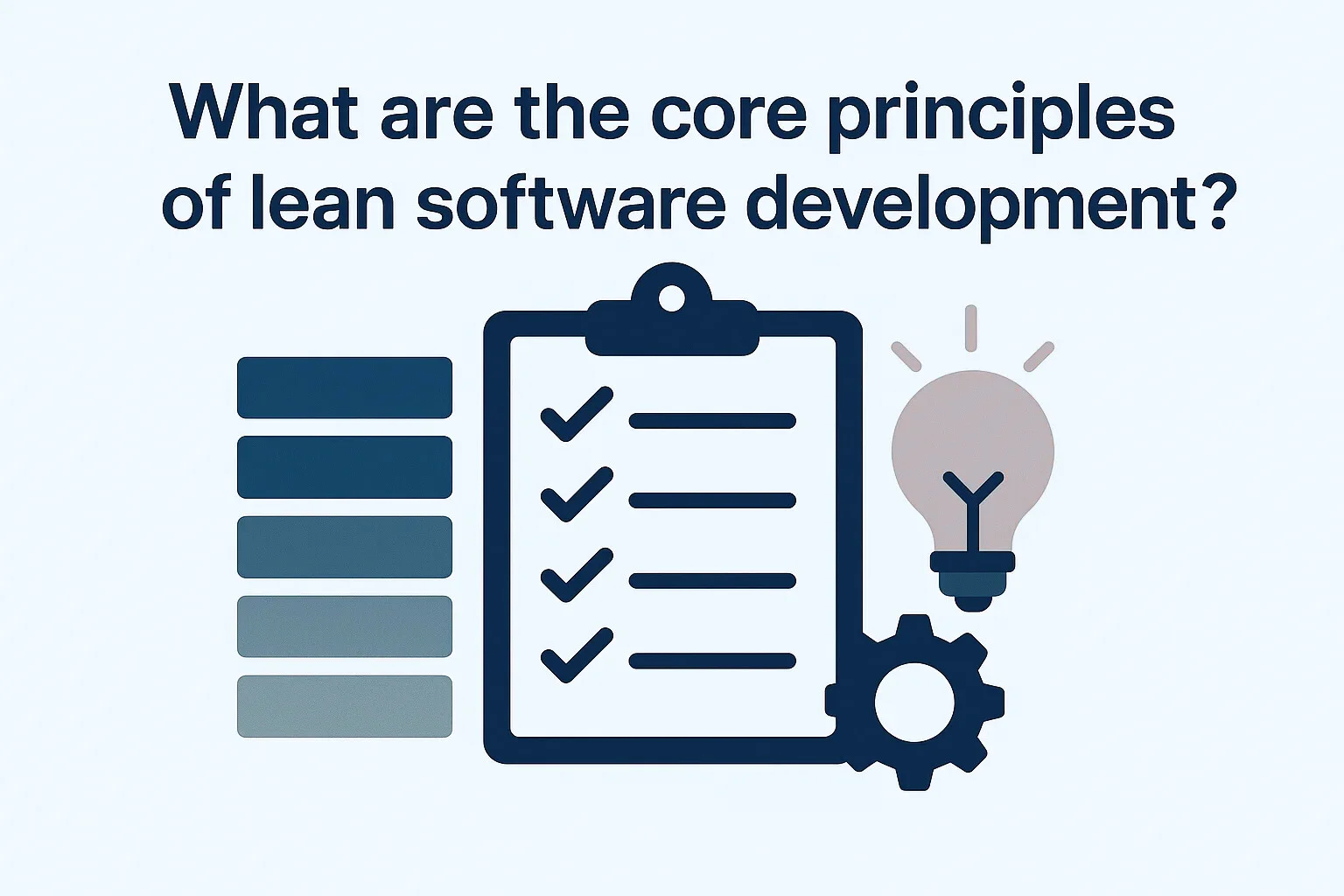
Eliminate Waste
Anything that does not add value in the final product is considered waste in the lean development process. Following are core wastes in software:
- Task switching
- Partially done work
- Handoffs
- Relearning
- Extra features
Development teams can reduce waste by applying approaches such as value-stream mapping, continuous integration, WIP limits, pairing, automated testing, and root cause.
Build Quality In
This principle ensures that every defect is detected at the same stage where it happens. Teams often delay this process to resolve defects at later stages. This principle emphasizes quality through several practices. It can be ensured by implementing the following practices:
- Automated Quality Gates
- Pair & Mob Programming
- Test-Driven Development
Amplify Learning
It is one of the main principles of lean software development, which focuses on continuous learning. The purpose of this principle is to reduce uncertainty in the development process. It can be ensured through the following methods:
- Short feedback loops
- Spikes (time-boxed experiments)
- Living documentation
- Retrospectives and post-incident reviews
Defer Commitment
This principle ensures that teams delay the decision until the “last responsible moment.” This is the point after which delay would cause harm. It reduces the risk by enhancing flexibility in the product. This can be done by these approaches:
- Use microservice strangler patterns or set-based designs
- Loosely define product backlogs until sprint planning
- Utilize parallel strikes to explore multiple options before choosing one
Deliver Fast
It aims to reduce end-to-end lead time by eliminating small and incremental processes. Teams do not wait for bundled and large releases. They prioritize small and low-risk delivery to reduce risk and get feedback from customers. This is done by using these steps:
- Continuous Delivery pipelines
- Small batch sizes
- Feature toggles
DORA metrics are used to measure success. This uses metrics like failure rates, time to restore, and deployment frequency.
Respect People
Respecting people who make important decisions is an important principle of lean software development. If there are rigid hierarchies and command-and-control leadership, then it becomes difficult for the team to make important timely decisions. Therefore, lean software development promotes local decision-making. These are a few approaches to follow:
- Servant leadership: Managers remove impediments and allow teams to make decisions.
- Cross-Functional Squads: Developers, testers, designers, and operations work in one team to enhance collaboration.
- Continuous Coaching: Leaders motivate teams to keep learning new ideas and experiment with them to improve work.
When companies respect people, there are more chances that teams will do better, stay longer at jobs, and perform extra for better performance.
Optimize the Whole
This principle means that instead of improving one team, the entire software development process is improved. This broader view helps in identifying anything that does not add value, such as waste, slowdowns, and handoffs. Optimizing the whole is done in these ways:
- Map the Value System: Track every system and identify the areas that slow down the development process.
- System Thinking: You look at the entire process and understand how everything connects. You automate manual work and unify teams to enhance collaboration.
The optimized whole system ensures faster delivery of products, happy users, and better business performance.
What are Lean Tools and Techniques?
Lean software development requires you to use correct tools and techniques. Following are a few tools and techniques:
_1753972172.webp)
Value Stream Mapping
Value Stream Mapping (VSM) is used to visualize how an idea transforms into a complete product. VSM creates transparency in the process. It helps the teams to identify inefficiencies and improve speed. It follows this step:
- Choose a real feature or bug fix
- Gather a cross-functional group
- Draw the current-state map
- Create process boxes for each step
- Add a timeline under each step:
- Calculate lead time and flow efficiency:
- Identify waste by brainstorming using the 7 Lean wastes
- Create a future-state map
- Translate changes into action items
- Re-measure after 4–6 weeks to track improvements
You can use tools like Miro, MURAL, or Lucidchart for value stream mapping.
Kanban Boards
It is another important tool in lean software development that helps you visualize work and reduce the work in progress. It shows the current status of every task so that teams can manage flow and reduce inefficiencies. It spots every inefficiency, and this visibility promotes better communication and accountability.
This can be done by the following ways:
- Visualize your workflow
- Set WIP limits (work-in-progress)
- Clearly define team policies
- Measure and manage flow
- Daily stand-ups at the boards
- Monthly flow review
Continuous Integration / Continuous Delivery (CI/CD)
This is another useful tool in the lean development process, which helps to automate the entire process. It makes the delivery process fast, safe, and repeatable. A CI/CD pipeline is a series of steps that teams take every time they push new code. Here is how it works:
- Source Stage: When a developer pushes code, GitHub or GitLab can automate this.
- Build Stage: The code is packaged into a Docker container. Unit and API contract tests are automated to avoid delays.
- Package Stage: The containerized app is stored in a package.
- Deploy Stage: In this stage, the system deploys the product if there are no issues.
- Operate Stage: There are dashboards like Prometheus and Grafana dashboards that evaluate performance over time.
Conclusion
Lean software development is more than a process. It is a process to deliver work quickly and eliminate waste. It focuses on principles like optimizing the whole, respecting the team, and deferring commitment to ensure that businesses can deliver the products in an efficient and quick manner. By implementing lean software development, you can ensure continuous improvement, happy teams, and short delivery cycles.








